The history and sights of the Mostviertel
The Mostviertel stretches from the Danube in the north to the alpine peaks around the Ötscher (1900m/6200ft.) in the south.
The region has managed to genuinely preserve a treasure that is more valuable
today than ever before: an old cultural heritage embedded in an unspoilt natural environment.
We would like to introduce some places worth visiting
as well as a few possible recreational activities to you. All the places mentioned are less than 20km away from Strengberg.
Strengberg
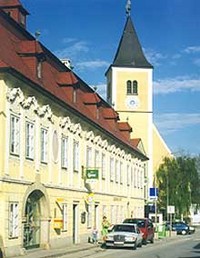
The baroque post-office building with ist rococo facade
is the place that used to accommodate the stables for the changing of the horses on top of the hill that has given Strengberg ist name (Strengberg~ strict mountain; mountain which is hard to climb).
Strengberg is home to many of the most beautiful square farmhouses that are typical of the region as well as to several Mostheurigen which will provide food and drink
for your convenience.
Ardagger
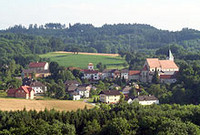
Starting from Ardagger, you can take part in a ship-ride
through the Strudengau.
Sonntagberg
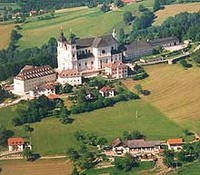
Sonntagberg is another place easy to reach per bicycle. From
an elevation you can enjoy a wonderful view of the "orchard of Austria".
Besides, the Sonntagberg-Church on top of the hill, which is one of the most visited places of pilgrimage in Austria next to Mariazell, is well worth seeing.
Enns
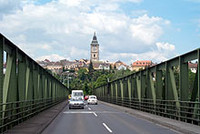
In Austria`s oldest city remains of the celtic and roman
periods can be seen.
Mauthausen
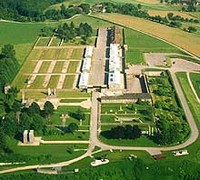
In the former concentration-camp of Mauthausen, which is
situated on the northern banks of the Danube, a museum and a memorial for the victims of the holocaust have been established.
Stadt Haag
_detail.jpg)
In Strengberg`s neighboring town Stadt Haag you have a chance to visit the large zoo and an open-air museum presenting old buildings of the region as well as a display of old crafts and everyday life of earlier centuries.
Seitenstetten
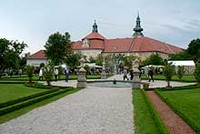
The Monastery of Seitenstetten, founded by the Benedictines
in 1112, is a gigantic construction. The building as it can be seen today was erected between 1718 and 1745. Not only is it home to a monastery, but also to a library with more than 50.000 volumes and to a secondary school.